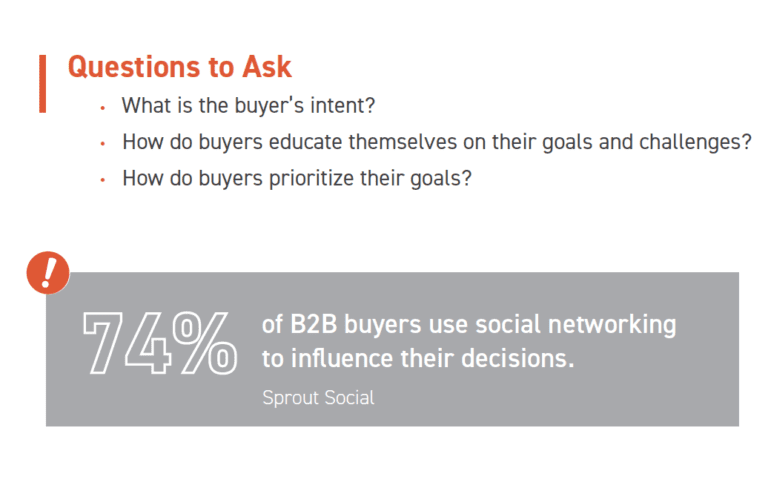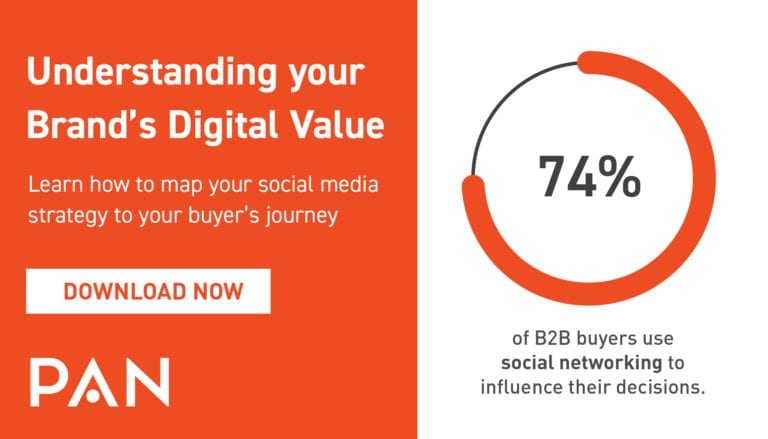Being more strategic about maximizing your business’ visibility on social media is a great goal for marketers in 2021, but where do you start?
You might consider upping your content and engagement game on the organic side or looking into how a paid campaign could benefit your business’ bottom line. How to maximize these channels and the best approach to do so is not always so simple and may require a deeper dive.
“The past year has been an interesting time for the social media landscape. More people are spending time on their computers than ever before.”
Keep in mind that, as is the case with many other things, the past year has been an interesting time for the social media landscape. More people are spending time on their computers than ever before. On the flip side, marketers have realized this, and the competition to garner the impressions and clicks on these channels is higher, driving up cost-per-click and cost-per-conversion metrics in some cases. Many across verticals and advertising channels are also noticing buying decisions are taking longer than usual. This could be due to tightened budgets that are forcing marketers to reconsider what a “must have” looks like for the remainder of the year.
Social media advertising has also faced quite a bit of scrutiny, especially Facebook and Instagram, due to concerns about their handling of hate speech and misinformation. In July, over 1,000 companies went as far as to boycott Facebook, but results show this did more damage to Facebook’s reputation than their bottom line. All of these things are helpful to consider before deciding whether a paid vs. organic social media strategy is right for your brand.

The Basics of Organic Social Media
- Content allows a brand to connect with their current audience
- Great way to build engagement with followers that may be current customers or prospects
- Can be a great place to offer customer service and answers to current customers’ concerns (or positive reviews)
- Allows you to show your brand voice
- … it’s free!
The Basics of Paid Social Media
- Can help expand your audience to key prospects
- Has become a place where users are used to converting (or purchasing)
- Targeting capabilities allow you to reach users based on everything from current job title (LinkedIn) to hobbies and interests (Facebook and Twitter)
Now that you know the basics, the important part is understanding your social media goals. Before making any recommendations, take a closer look at what you hope to get out of a social media strategy, whether paid, organic or both. Below are a couple of questions to ask before putting pen to paper on a social media strategy.
 Questions to Ask Before Implementing a Social Media Strategy
Questions to Ask Before Implementing a Social Media Strategy
- What are your goals and what is the audience you are trying to reach?
- Are you already on organic social media platforms and do you have a sizable, engaged, quality audience?
- What channels currently work best for organic engagement?
- Are there active conversations happening organically, and can you identify relevant hashtags or groups that can be leveraged to tap into these?
- What does the competitor landscape look like for organic and paid social media?
- What content do you currently have that could be utilized? Are you willing to create content specific to social media channels?
Don’t have enough resources to create new content? Here’s how to keep existing content fresh.
Finding the Right Combination of Social Strategies
Where to start? A strong organic social media presence paired with a paid approach is the ideal strategy for a brand. Maintaining and connecting with a current audience, while utilizing social media advertising’s targeting capabilities to reach new audiences, allows brands to start building a funnel.
If you are trying to grow your current audience, engage with people already connected with your brand and want to show off your brand voice and identity with that audience, organic social media can be very impactful. If you are looking to target new clients and start to fill various aspects of your funnel, paid social media is definitely worth a test.
Whether utilizing paid or social, encourage the use of website tracking, such as UTM codes. These will allow you to continuously capture information through Google Analytics on users from both paid and organic social media.





